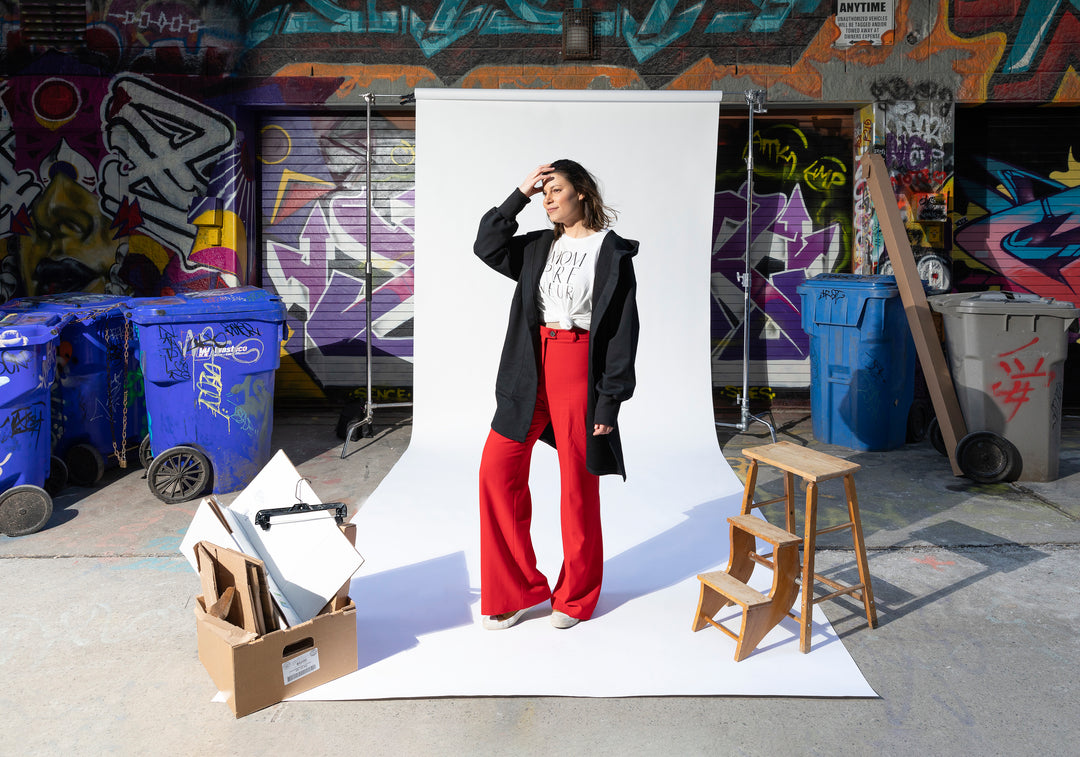Sustainable Fashion: The Struggle Is Real
Sustainable fashion is a growing trend, but it’s still a small segment of the fashion industry. As much as consumers care about sustainability and eco-friendly materials, they still tend to prioritize cheap prices over sustainable production. It’s tough for sustainable fashion brands to compete in an industry that values price over quality and sustainability. Let’s take a closer look at the challenges sustainable fashion faces in today’s market.
Challenge #1 – Price Point Competition
Sustainable fashion often comes with a higher price point than their fast-fashion counterparts. This is due to the fact that using high-quality materials and ethical practices in production costs more money. As such, sustainable fashion brands have difficulty competing with traditional retailers who can offer cheaper clothing items because they produce them faster, with less expensive fabrics, and don’t always adhere to ethical labor practices. For many consumers, no matter how passionate they are about sustainability, cost is still king when it comes to purchasing decisions.
Challenge #2 – Lack of Visibility
Not enough people know about sustainable fashion brands or understand why certain materials are more eco-friendly than others. There needs to be more awareness around what makes an item of clothing “sustainable” so that more people are educated on the topic and can make informed decisions when it comes to buying clothes. Moreover, sustainable fashion needs more visibility so that more people become aware of it in general and consider supporting these businesses instead of traditional ones.
Challenge #3 – Limited Resources
Sustainable fashion requires resources like time and money which are finite commodities for smaller businesses or independent designers without deep pockets or large teams behind them. It takes time to research best practices for sustainability as well as source eco-friendly fabrics from reliable suppliers who use ethical labor practices — not to mention the actual process of producing the pieces themselves. All this adds up quickly for small business owners who may not have access to additional capital or resources necessary for scaling up their operations in order to compete with larger companies in the market place.
The challenges facing sustainable fashion are real; however, there is cause for hope! Consumers are becoming increasingly aware of how their spending habits impact our environment and how certain industries operate ethically (or not). With this increased awareness will come demand for better options - including those from sustainable apparel labels - which will help drive change in the industry overall toward greater sustainability and ethical standards across all segments of the marketplace. So while it may be difficult right now, there is light at the end of tunnel!
Challenge #1 – Price Point Competition
Sustainable fashion often comes with a higher price point than their fast-fashion counterparts. This is due to the fact that using high-quality materials and ethical practices in production costs more money. As such, sustainable fashion brands have difficulty competing with traditional retailers who can offer cheaper clothing items because they produce them faster, with less expensive fabrics, and don’t always adhere to ethical labor practices. For many consumers, no matter how passionate they are about sustainability, cost is still king when it comes to purchasing decisions.
Challenge #2 – Lack of Visibility
Not enough people know about sustainable fashion brands or understand why certain materials are more eco-friendly than others. There needs to be more awareness around what makes an item of clothing “sustainable” so that more people are educated on the topic and can make informed decisions when it comes to buying clothes. Moreover, sustainable fashion needs more visibility so that more people become aware of it in general and consider supporting these businesses instead of traditional ones.
Challenge #3 – Limited Resources
Sustainable fashion requires resources like time and money which are finite commodities for smaller businesses or independent designers without deep pockets or large teams behind them. It takes time to research best practices for sustainability as well as source eco-friendly fabrics from reliable suppliers who use ethical labor practices — not to mention the actual process of producing the pieces themselves. All this adds up quickly for small business owners who may not have access to additional capital or resources necessary for scaling up their operations in order to compete with larger companies in the market place.
The challenges facing sustainable fashion are real; however, there is cause for hope! Consumers are becoming increasingly aware of how their spending habits impact our environment and how certain industries operate ethically (or not). With this increased awareness will come demand for better options - including those from sustainable apparel labels - which will help drive change in the industry overall toward greater sustainability and ethical standards across all segments of the marketplace. So while it may be difficult right now, there is light at the end of tunnel!





Leave a comment